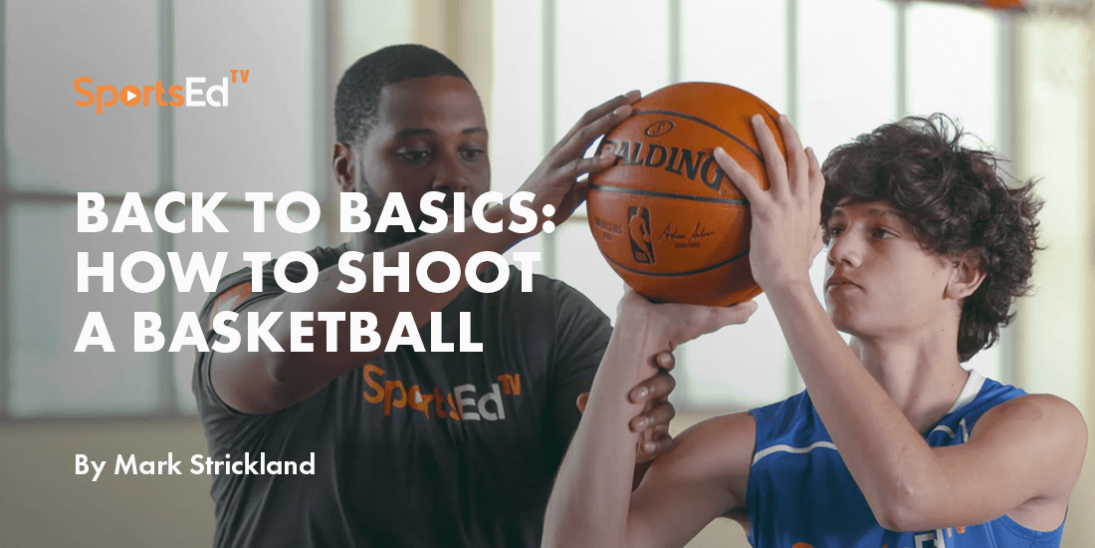Basketball, Summer Olympics
Welcome and thanks for visiting...

Basketball at the Summer Olympics

Basketball, a sport that epitomizes agility, teamwork, and skill, takes center stage every four years at the Summer Olympics.
In this article, we delve into the rich history of basketball at the Summer Olympics, explore the essential rules governing the game, analyze the various competition formats, scrutinize the qualification process, and highlight some of the iconic athletes and teams that have graced the Olympic basketball courts.
Olympic History of Basketball
The inclusion of basketball in the Summer Olympics dates back to 1936 when the Games were held in Berlin, Germany. James Naismith, the Canadian physical education instructor who invented the game in 1891, could hardly have envisioned the global spectacle it would become.
Since its debut, basketball has evolved into one of the most eagerly anticipated Olympic events, captivating audiences with its dynamic gameplay and showcasing the world's premier basketball talent.
Important Rules
Basketball at the Summer Olympics adheres to the standard FIBA (Fédération Internationale de Basketball) rules, with some modifications to suit the Olympic format.
Games consist of four quarters, each lasting 10 minutes for the men's competition and 8 minutes for the women's. The team with the most points at the end of regulation time emerges victorious. Overtime periods are played in the case of a tie, ensuring a decisive outcome.
Men’s and Women’s Olympic Basketball Differences
These nuances add depth to the appreciation of Olympic basketball, recognizing that while the core principles of the game are shared, the details contribute to the unique dynamics of men's and women's competitions on the grand Olympic stage.
The essence of basketball remains consistent across genders, there are specific rules and equipment variations between the men's and women's Olympic basketball tournaments.
Game Duration
One noticeable difference lies in the duration of the game. Men's Olympic basketball games consist of four quarters, each lasting 10 minutes, totaling 40 minutes of regulation play. In contrast, women's games are played in four quarters of 8 minutes each, resulting in a 32-minute regulation period.
Basket Height
The height of the basketball hoop is standardized in both men's and women's basketball, set at 10 feet (3.05 meters) above the floor. This consistency ensures a level playing field for both genders, maintaining the challenge and excitement of reaching the basket.
Ball Size
Another distinction lies in the size of the basketball used in the men's and women's games. The men's basketball has a slightly larger circumference, measuring 29.5 inches (75 cm), while the women's basketball is slightly smaller, with a circumference of 28.5 inches (72 cm). The variation in ball size is designed to accommodate the differences in hand size and enhance ball control.
Three-Point Line Distance
The distance of the three-point line from the basket is consistent in terms of its angle but differs in measurement. In men's Olympic basketball, the three-point arc is set at a distance of 23.75 feet (7.24 meters) at the top of the key. For women, the three-point line is slightly closer, measuring 22.15 feet (6.75 meters) from the basket at its furthest point.
Shot Clock Duration
Both men's and women's Olympic basketball employ a shot clock to ensure a fast-paced and dynamic game. However, there is a difference in the duration of the shot clock. The men's shot clock is set at 24 seconds, while the women's shot clock allows for 4 seconds less, standing at 20 seconds.
Competition Formats
The Olympic basketball tournament features both men's and women's competitions, each comprised of preliminary rounds, knockout stages, and medal matches. Teams are divided into groups during the preliminary rounds, where they compete in a round-robin format.
The top teams from each group advance to the knockout stages, leading to the semifinals and, ultimately, the medal matches.
Qualification Process
The qualification process involves continental championships, where teams vie for coveted spots through intense regional competitions. Additionally, the FIBA Basketball World Cup serves as a key qualifying event, with top-performing teams securing their place on the Olympic stage.
For Olympic qualifying information visit: https://olympics.com/ioc
Iconic Athletes and Teams
Over the years, the Olympic basketball stage has witnessed the brilliance of legendary athletes and teams. From the dominance of the United States "Dream Team" in 1992, featuring basketball icons like Michael Jordan and Magic Johnson, to the recent success of Team USA's women's squad, boasting stars like Diana Taurasi and Sue Bird, the Olympic hardwood has showcased some of the sport's finest talents.
Current Contenders
The men's competition has seen fierce battles between traditional powerhouses like the USA, Spain, and Serbia, while the women's tournament has showcased the supremacy of the USA, Australia, and the emerging talent of teams like Japan.








